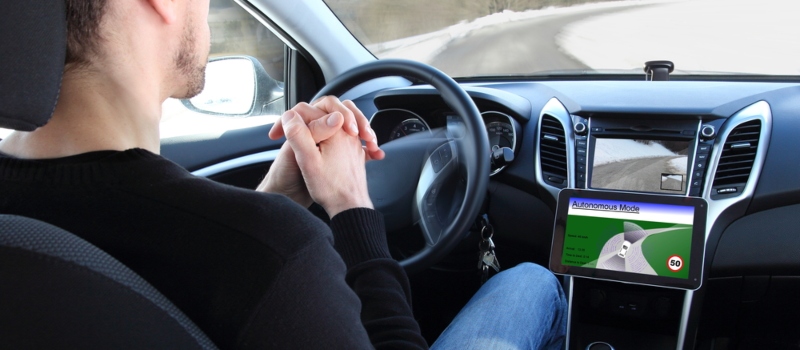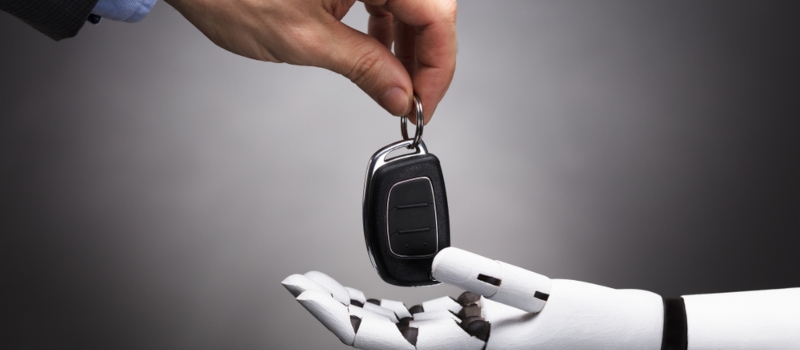
The biggest problem on the horizon with self driving cars
19th Jun, 2019
The technology for self driving cars has been around for quite some time now, and by all accounts they’re going to change the nature of transport not only in Britain, but all across the world. Since 94% of accidents are caused by human error, one of the main aims driving the development (sorry) of autonomous cars is the concept of reducing accidents. But right now, at this stage in their development, that’s giving rise to possibly the biggest issue concerning their progress – liability. In short, when a self-driving car is involved in an accident, who is to blame?
It’s an area of developing law and policy, with various countries across the world working out their own answers to the legal quandaries surrounding self-driving vehicles. As things stand, it looks like plaintiffs and victims in car collisions will have several main options in terms of who to pursue.
1. The operator of the vehicle
Right now, if the driver of a car hits a pedestrian, they will naturally take at least some form of liability. However, with driverless cars, as the law is currently shaping up, it’ll have to take into account the level of autonomy, which are classified by how much a driver is required to intervene, and essentially how much control the vehicle has over itself. This ranges from Level 0 to Level 5, with Level 0 being the lowest (your own personal car is in all likelihood either a 0 or a 1, depending on the amount of in-car tech you have).

Whatever the level of autonomy, the car will still have an operator – someone to activate it. This level of autonomy matters, as it dictates the definition as to whether this operator can be referred to as a driver or a passenger. Lower levels of autonomy will still require a lot of human input, increasing the probable liability of the operator. Several accidents involving autonomous vehicles have already proven that the AV warned the driver to take back control, which puts at least some liability for what followed squarely at their feet.
If the level of autonomy is as high as 4 or 5, it minimises the role of the operator, making them less likely to be affected by liability. After all, if a high-tech car doesn’t even have a steering wheel (an ultimate aim of Google’s, for example), how can a human intervene? Who has responsibility then? Well…
2. The car manufacturer
The car manufacturer is more likely to be caught up in liability proceedings if it can be proven that they had a hand in installing the technology into the vehicle. Now, some places are already legally protecting automotive manufacturers from this, such as the state of Florida in the US. On the other hand, other manufacturers are actively stepping in to take full responsibility for their self-driving vehicles. This includes Volvo, who has pledged to take full responsibility for any accidents caused by its self-driving technology, as long as this was a result of a flaw in the car’s design or manufacture. Their confidence in their own technology stems from the considerable amount of safety features, redundancies and backups they’ve installed in it, including duplicate cameras, radars, batteries, brakes, computers and steering actuators.
3. The software developer
It could be argued that the entity that actually developed the autonomous software shares a part, too. This could range from the specific programmers who developed the software itself, to the manufacturers of the sensors that allow a vehicle to detect its surroundings. Due to the complex nature and build of self driving cars, it’s quite possible that there could be several companies involved, which makes things even trickier, legally speaking.
Really, one of the major minefields in the way of development at the moment is that legislators are reluctant to release this first generation of self driving vehicles out into the real world conditions. This includes in places like America and the UK, both of which are amongst the world leaders in adopting this technology. Experts predict they’ll be at their safest when they’re working in tandem, with AI drivers predicting and responding to other AI drivers. But before then, the main difficulty is that nobody really knows how autonomous vehicles will perform outside closed testing conditions, in a qualitative sample. Late last year, in November 2018, Philip Hammond said that he wants fully driverless cars on UK roads by 2021 – so we’ll see what happens!
Whether your car is self-driving or it’s got a good old-fashioned human behind the wheel, we’ll help you when scrapping a car it all the same here at Scrap Car Network. Just head on over to our homepage and enter your car reg and postcode to get an instant online quote!